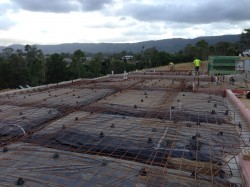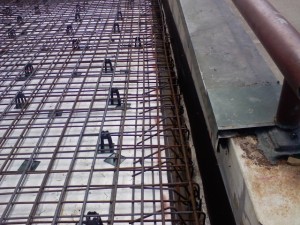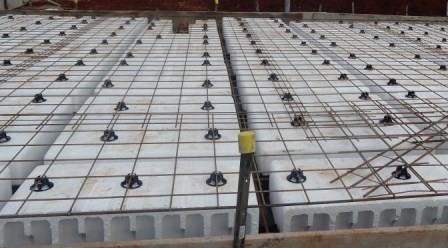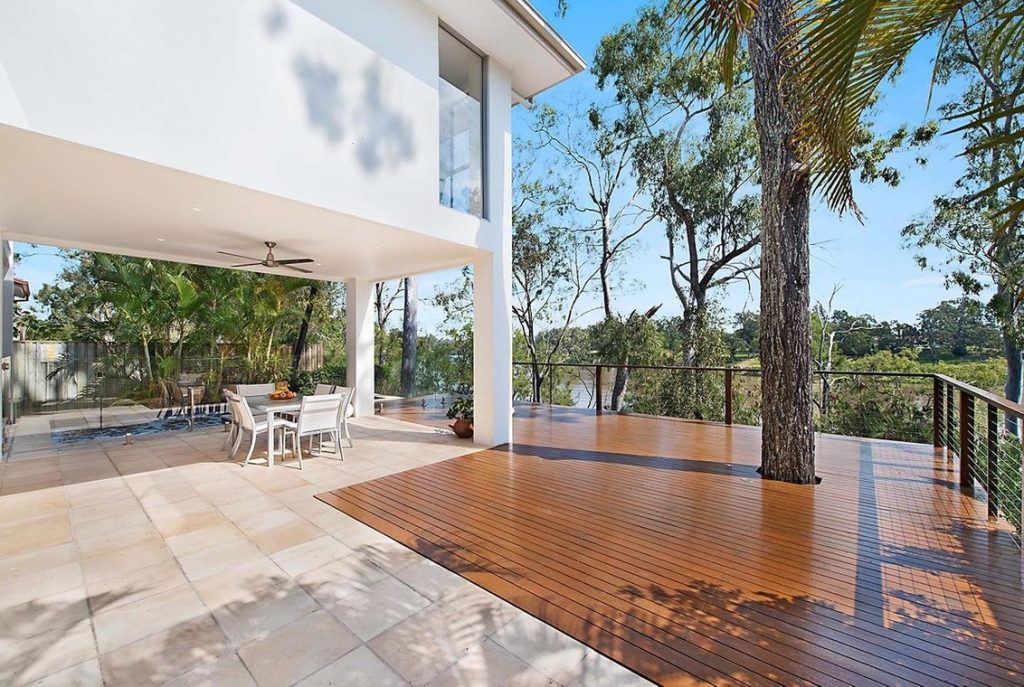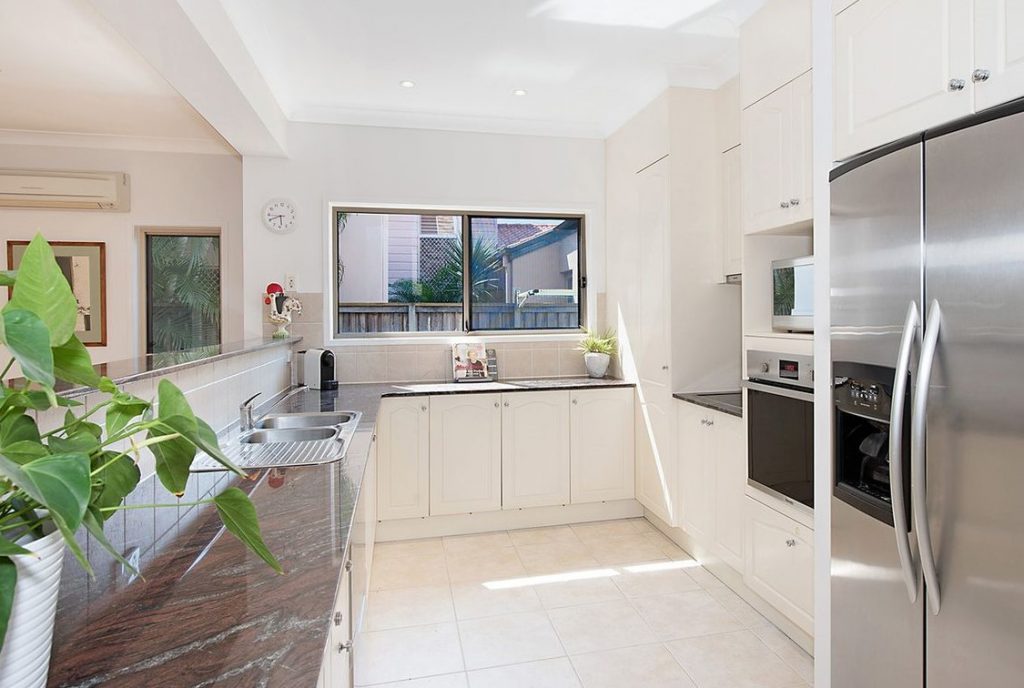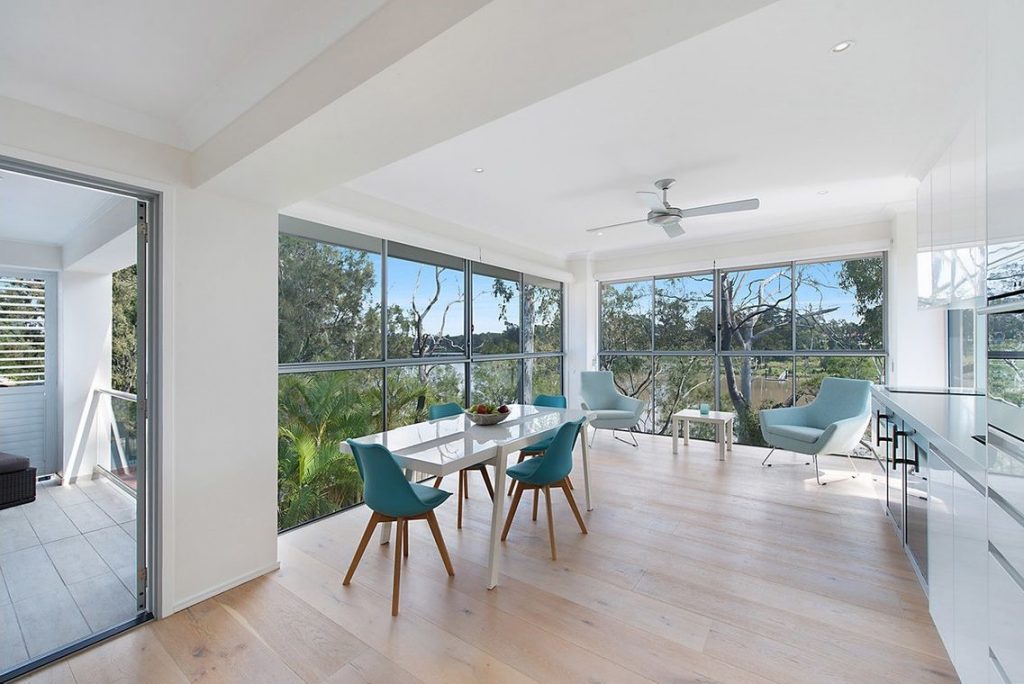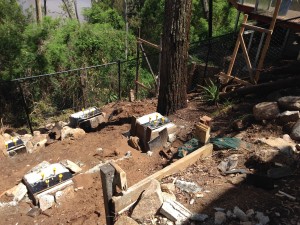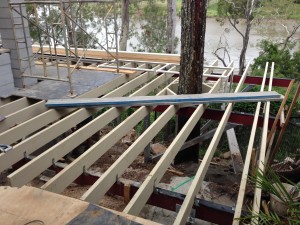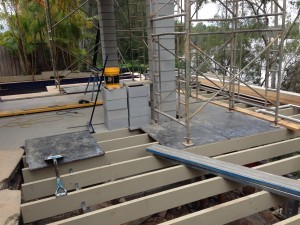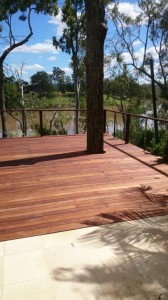Renovating or building? These are my favourite five Sika construction chemicals that you’ll need for your next home renovation.
Contact Details for Sika
Fresh update! This page features our favourite Sika products; but the best way to get hold of a Sika product is to contact Sika directly. Check out this link:
http://aus.sika.com/en/system/contact.html
Sika MonoTop-Primer
If you’re patching cracked or broken concrete, Sika MonoTop Primer is what you apply to the old concrete first to make sure the new concrete sticks. Brush, roller or spray on – it’s easy to apply and will improve the bond between old and new concrete.
Get Sika MonoTop Primer from Bunnings
Sikaflex-Pro
Multi-purpose flexible joint sealant for use inside and out. Seal the gap in brick control joints, around windows and doors and wall and floor penetrations.
This stuff sticks to concrete, brick, tiles, moist metal and most timber.
My favourite use for Sikaflex-Pro is to seal the gap between concrete paths and brickwork walls to prevent water running into the ground adjacent to house footings. It’s great because, when installed correctly, the sealant flexes open and closed without tearing.
Get Sikaflex-Pro from Bunnings
SikaTite-BE
If you’re building a retaining wall or a basement then you need to make sure water won’t come through your wall. SikaTite-BE is a water based bitumen emulsion that can be applied on the soil side of the wall. Spray, roller or brush on.
When I specify a bitumen based waterproofing membrane – this is the black stuff I’m thinking of. I also like to specify it as a treatment for DuraGal galvanised steel to stop it rusting where it is in contact with concrete.
Sikasil C AP
A range of coloured silicone sealants to match the colours of your kitchens and bathrooms. These arty-farty colours will blend in nicely with the look you’ve got going.
Seal the gap behind the new kitchen bench and along the side of your new bathroom vanity. So much more in sync with the vibe than sticking to white, colours like Taupe, Ivory, Pewter and Stone! Pretty fancy and jut perfect for your renovation.
SikaBond-SprayFix
Wanna get stuck? DIY renovators that want to stick something to something else – or itself – will love this stuff. Handy aerosol adhesive for multipurpose sticking.
Please don’t use it to fix plasterboard to a wall or to glue coins to the footpath – it’s more suitable for art and craft, repairs, and making stuff. Those TV renovators probably use tonnes of this stuff.
Conclusion
Cornell Engineers are structural engineers in Brisbane and Mackay. We work with and specify construction chemicals regularly and these were our favourite 5 products form Sika.
When working with construction chemicals, please read and follow the instructions. That’s why we provide links to the Product Data Sheets – please use them.
Thanks for checking out our page on Sika Construction Products. Let us know your favourite products if you get a chance!!
PS. and thank you Sika Australia!


